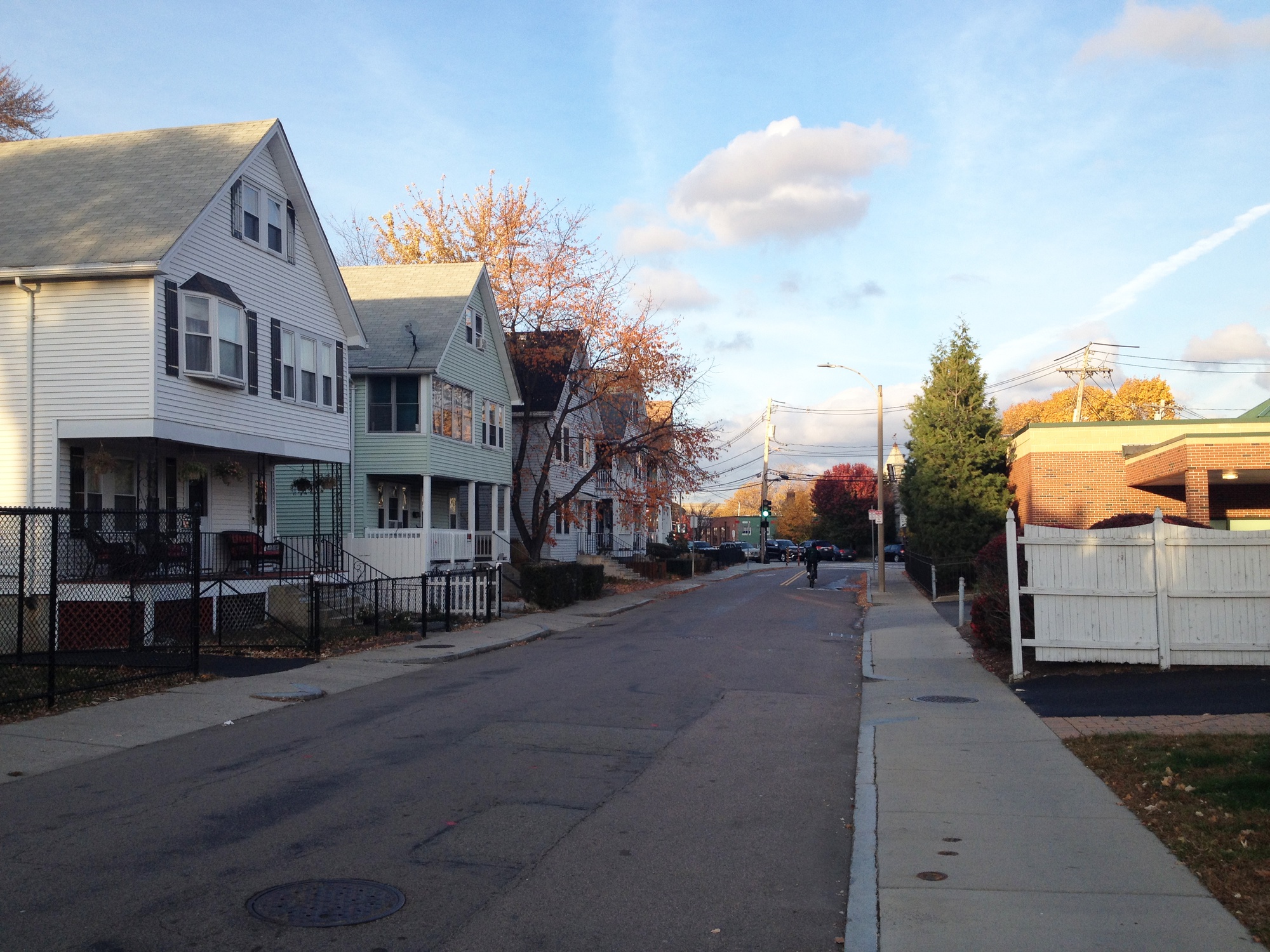
News
‘Deal with the Devil’: Harvard Medical School Faculty Grapple with Increased Industry Research Funding

News
As Dean Long’s Departure Looms, Harvard President Garber To Appoint Interim HGSE Dean

News
Harvard Students Rally in Solidarity with Pro-Palestine MIT Encampment Amid National Campus Turmoil

News
Attorneys Present Closing Arguments in Wrongful Death Trial Against CAMHS Employee

News
Harvard President Garber Declines To Rule Out Police Response To Campus Protests
For Allston Homeowners, Alleged Home Damage Remains Unresolved

Residents of Franklin Street in Allston demanded a response from Harvard at a recent Harvard-Allston Task Force meeting regarding alleged damage to their homes caused by construction on a nearby University-owned plot of land. Homeowners claimed that vibrations from the site led to structural cracks in their homes, despite the fact that an investigation performed by the Harvard-hired developer did not find vibrations strong enough to cause structural damage.
In mid-April, owners of four homes first complained of vibrations from pile driving at the construction of the Barry’s Corner Retail and Residential Commons, a mixed-use development under construction on Harvard-owned land. The University has contracted the site out to developer Samuels & Associates.

Cindy Marchando, one of the homeowners who came forward, said she began feeling vibrations as early as March 12. Edward G. LeFlore, the construction mitigation consultant for both the University and Samuels, said that “perceivable vibrations” are not necessarily strong enough to cause damage to homes.
“Vibrations are felt for everything,” LeFlore said. “You don’t really see [damage to homes’ foundations] that much.”
In the City of Boston, developers must perform inspections and install vibration monitors in any home within 300 feet of a blast site, according to Leslie Cohen, the principal and executive vice president of development at Samuels. Neither condition applied to the Barry’s Corner project, however, since the nearest home stands almost twice the required distance from the site, and the developer performed pile driving rather than blasting.
Nevertheless, after community members raised concerns about vibrations, Samuels performed housing surveys at the end of April, at which time residents identified what they called new cracks and gaps in support beams.
“All the homes have exactly the same issues,” Marchando said. “I’m 100 percent sure that the damage came from construction.”
Samuels agreed to install vibration monitors in the homes in mid-May. After removing the monitors on July 1, engineers said that the measured vibrations were unlikely to be the cause of damage to foundations. Moreover, the cracks identified in the surveys did not match the type of damage associated with construction vibrations, according to LeFlore.
“The ranges we saw were not anywhere near that [threshold of structural damage],” LeFlore said. “They were in the levels of perceived vibrations.”
Marchando said, however, that the damage occurred before the vibration monitors were installed.
LeFlore and a safety manager from the construction company hired by Samuels visited the homes in May to inform the homeowners of the opportunity to file an insurance claim. To date, only one claim has been filed, according to Cohen. The claim was rejected due to a lack of specificity, she added.
Marchando said that she hoped the problem could be resolved between the homeowners, Harvard, and Samuels. She added that she hesitated to file a claim due to worries that the ordeal would become too time-consuming, a concern she said that the other homeowners share. Of the four homeowners who initially complained, one declined to speak to The Crimson, while two others could not be reached for comment.
Marchando and the other homeowners again raised the issue of damage to homes at the Oct. 30 task force meeting because they felt Harvard has a responsibility to address their concerns.
Kevin Casey, Harvard's associate vice president for public affairs and communications, said in an interview that while the University has an interest in ensuring that community concerns are addressed, community members should continue to seek redress through Samuels, the Barry’s Corner developer. According to an emailed statement from Cohen, a Samuels representative and safety officer will contact homeowners again to “walk them through the process of filing a claim.”
Raymond V. Mellone, the chairman of the Task Force, said that the alleged damages would be an agenda item at the next task force meeting on Nov. 24.
Homeowners remain concerned that if Harvard does not respond now, the problem could reappear in other Allston projects in the near future.
“The fear is that this will compound the problem, damages might continue, and eventually we could lose our homes,” Marchando said.
—Staff writer Karl M. Aspelund can be reached at karl.aspelund@thecrimson.com. Follow him on Twitter @kma_crimson.
—Staff writer Marco J. Barber Grossi can be reached at mbarbergrossi@thecrimson.com. Follow him on Twitter @marco_jbg.
Want to keep up with breaking news? Subscribe to our email newsletter.
